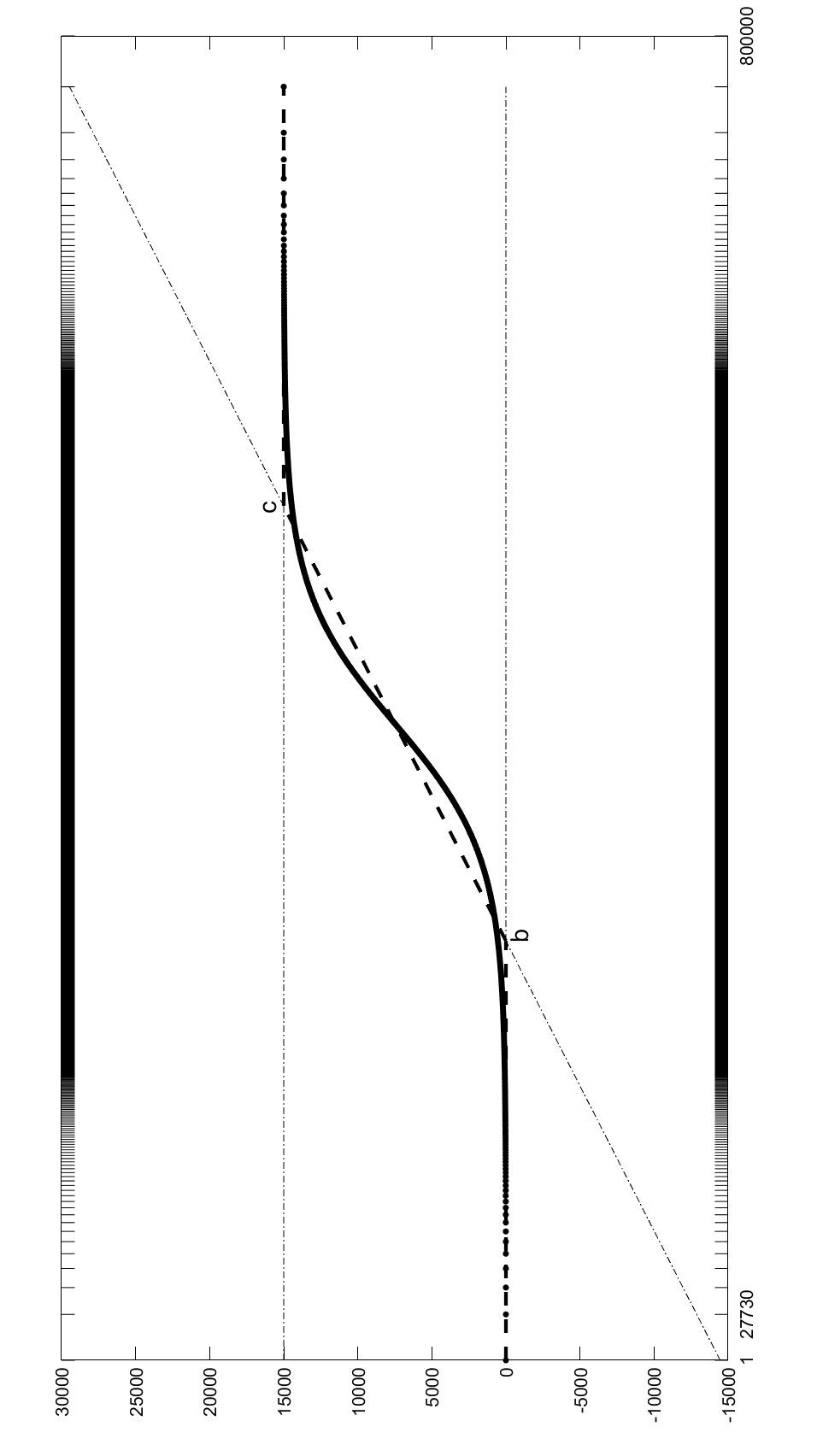Sorted Table Search Procedures are the quintessential query-answering tool, still very useful, e.g, Search Engines (Google Chrome). Speeding them up, in small additional space with respect to the table being searched into, is still a quite significant achievement. Static Learned Indexes have been very successful in achieving such a speed-up, but leave open a major question: To what extent one can enjoy the speed-up of Learned Indexes while using constant or nearly constant additional space. By generalizing the experimental methodology of a recent benchmarking study on Learned Indexes, we shed light on this question, by considering two scenarios. The first, quite elementary, i.e., textbook code, and the second using advanced Learned Indexing algorithms and the supporting sophisticated software platforms. Although in both cases one would expect a positive answer, its achievement is not as simple as it seems. Indeed, our extensive set of experiments reveal a complex relationship between query time and model space. The findings regarding this relationship and the corresponding quantitative estimates, across memory levels, can be of interest to algorithm designers and of use to practitioners as well. As an essential part of our research, we introduce two new models that are of interest in their own right. The first is a constant space model that can be seen as a generalization of $k$-ary search, while the second is a synoptic {\bf RMI}, in which we can control model space usage.
翻译:排序后的表格搜索程序是典型的问答工具,仍然非常有用,例如搜索引擎(Google Chrome)等。在搜索的表格上增加少量空间,加快它们的速度仍是一项相当重大的成就。静态索引非常成功地实现了这种加速,但留下一个重大问题:在使用恒定或几乎固定的额外空间的同时,我们在多大程度上可以享受快速提高学分索引。通过概括最近对学习索引基准研究的实验方法,我们通过考虑两种情景来对这一问题进行说明。第一,相当基本的,即教科书代码,和第二,使用先进的索引算法和支持复杂的软件平台。尽管在这两种情况下,静态索引索引索引都非常成功,但其成就并不象看上去那么简单。事实上,我们广泛的实验揭示了查询时间和模型空间之间的复杂关系。关于这一关系和相应的定量估计,从记忆层面看,我们可能有兴趣对设计师进行算术和对从业者加以利用。我们的研究的一个必不可少的部分是,在空间模型中,我们引入了一种稳定的空间模型,而这种模型中,我们又看到两种新的空间模型是其基本的兴趣。







